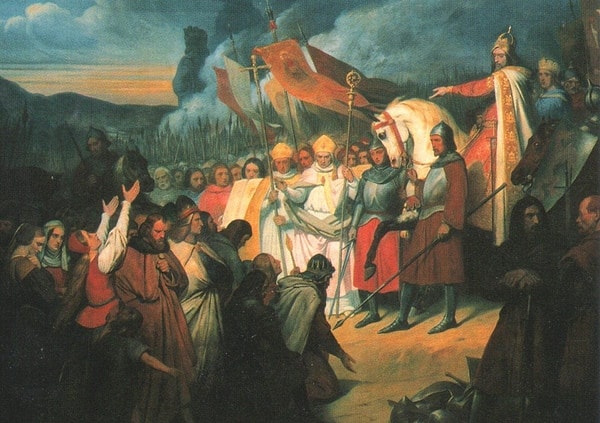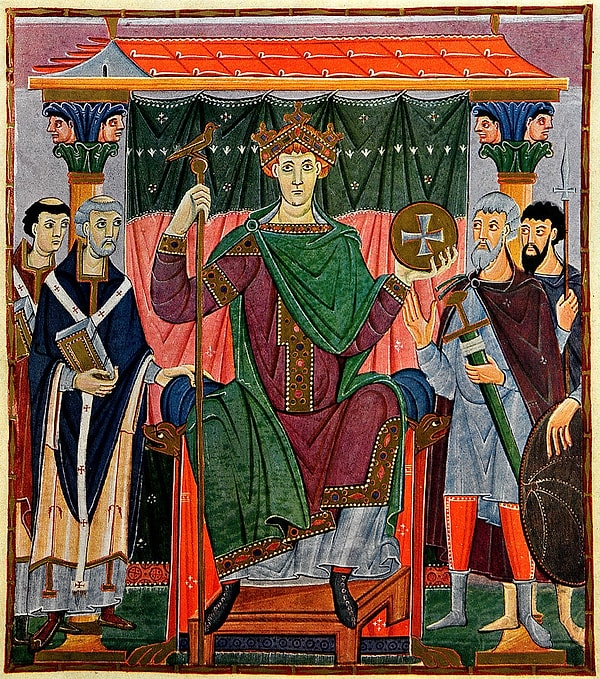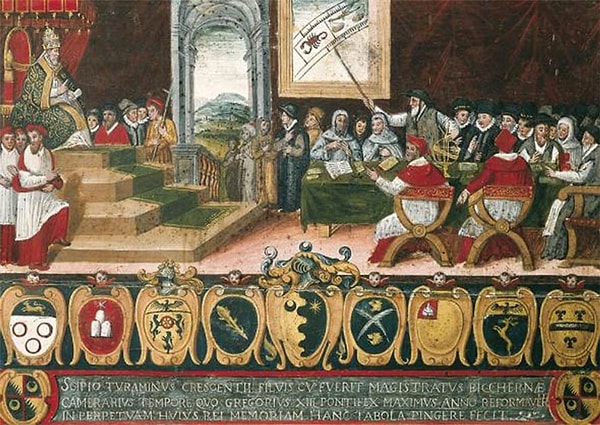The Shocking 'Lost' 300 Years: Are We Living in a Fabricated Timeline?
What if we told you that you're not actually living in 2025, but instead in the year 1725? German historian Heribert Illig claims that 300 years of history, specifically from 614 to 911, never actually happened. According to Illig, key historical events and figures were manipulated, with the likes of Pope Sylvester II and Emperor Otto III altering the timeline itself.
Could this controversial theory be true? Dive into the mind-boggling evidence behind this theory that’s shaking the very foundations of history!
Heribert Illig presented his striking claim in his 1991 book "Das erfundene Mittelalter: Die grösste Zeitfälschung der Geschichte" ("The Invention of the Middle Ages: The Greatest Time Forgery in History").

According to Illig, Pope Sylvester II and Holy Roman Emperor Otto III, with the support of Byzantine Emperor Constantine VII, invented a 300-year period in the calendar to align the year 1000 with a specific point in time. But why?
The theory claims that these three leaders wanted to align their own era with exactly 1000 years after the birth of Jesus.

This date held significant symbolic meaning in Christian society. Illig also argued that historical figures like Charlemagne and the Muslim conquest of Spain were entirely fabricated to fill in this invented time period.
Illig's theory is based on a few key arguments.

First, the gaps in historical documents: There are very few original documents from the early Middle Ages, and most of the surviving records are copies, which increases the likelihood of forgery. Second, the inconsistencies in the calendars: The calculations between the Julian and Gregorian calendars, according to Illig, do not perfectly align.
However, scientists have debunked this theory with various pieces of evidence.

For example, the study of tree rings provides proof that the 'lost' years really did occur. Numerous artworks and documents from the Islamic Golden Age to China's Tang Dynasty also confirm the existence of this period.
Many historians consider the "Lost Time Theory" to be a conspiracy theory.

Nevertheless, there are still supporters of the theory, as each piece of opposing evidence is seen by its supporters as false evidence.
Perhaps the real question is: Do we have the courage to question everything we know about history?

What do you think—are we in the year 2025, or are we actually still living in 1725?
Keşfet ile ziyaret ettiğin tüm kategorileri tek akışta gör!


Send Comment